Istanbul: Top 10 Historic Sites
Historically, there are few places in the world that compare to Istanbul. For history buffs and world travelers, it is without a doubt that this Eurasian divided city has crossed your mind for your next vacation. The city of Istanbul is one of the worlds most treasured with its riches in historic value. Istanbul’s history dates back thousands of years. It was in c. 660 BCE when the Greek settlers from Megara came to present day Istanbul, colonized the area and began establishing a city, then known as Byzantium. The newly found city of Byzantium resided West of the Bosphorus along the European side of the city’s present day area. Byzantium fell to the Roman Republic in 196 BCE. Furthermore, renamed Constantinople, the new capital of the Byzantine Empire.
Rise Of An Empire
The city flourished and thrived. It was the largest city in Western culture (nearly half a million people!). In 1453 CE Constantinople was conquered by the Ottoman Turks, and the great Roman Empire crumbled. Relics of some of the world’s greatest empires remain scattered throughout Istanbul. Tourists are constantly in awe with the preservation and care that is taken to maintain some of the most beautiful structures that man has ever created. There is no wonder why Istanbul is a bucket list vacation for many world travelers. Breaking down the best historic sites and landmarks was truly difficult. Tripio created this list to identify the Top 10 must-see sites in the city. Now that we know a little bit about what makes the Eurasian divide so amazing, let’s get started with Tripio’s Top 10 Historic Sites in Istanbul.
Before we move on, did you know that every week we send out a newsletter featuring:
- New Destinations on the Tripio app
- Highlighted Itineraries on the Tripio app
- 3 Articles from the Tripio blog
Subscribe to Tripio’s Weekly Newsletter!
1. Hagia Sophia, Istanbul
If visiting Istanbul has ever crossed your mind, then you have surely heard of the great Hagia Sophia. The Grand Mosque Hagia Sophia, formerly known as the Temple of the Holy Wisdom is a house of worship constructed by the Byzantine Empire between the years 532-537 CE during the rule of Justianian I. The Hagia Sophia is one of the most sacred establishments in the entire world. When the Ottoman Turks conquered Constantinople in 1453, the then Christian establishment was converted into a Muslim Mosque. For nearly a century, the Hagia Sophia was shut down as a place of worship and only served as a museum.
Luckily for travelers, as of 2020 the Hagia Sophia is now holding prayers and services for tourists and locals to explore and enjoy. Hagia Sophia was for many years the largest church and the largest enclosed establishment in the world. A visit to The Grand Mosque Hagia Sophia comes without question. A treasure from one of the greatest era’s that the world has ever seen. Your vacation Custom Itinerary simply cannot be complete without the mention of the Hagia Sophia.
2. The Grand Bazaar, Istanbul
Often referred to as the world’s first shopping mall, the Grand Bazaar is one destination that travelers must see while touring Istanbul. A visit to the Grand Bazaar is an absolute adventure. The Grand Bazaar, one of the world’s largest covered markets and surely one of the oldest. In total, this bussing market covers 61 streets in Istanbul. More than 4,000 shops are located within the Grand Bazaar. Here you can find anything you want or need. Everything from local herbs and spices (not to mention some of the best Turkish delights!) to locally handmade fabrics. Best place to pick up a souvenir! The Grand Bazaar has been around for more than five centuries.
The covered market, established c.1461 shortly after the conquest of Constantinople. When you visit the Grand Bazaar, be prepared to be packed in like sardines. The Grand Bazaar expects between 300-400,000 visitors every day. This landmark is one of the most visited tourist-destinations in the world with nearly 100 million visitors every year. Tourists travel back centuries to a different time while visiting the Grand Bazaar. There are few experiences quite like this one!
3. The Blue Mosque, Istanbul
The Blue Mosque is yet another sacral establishment that is a staple in the foundation of Istanbul. The Blue Mosque, commonly known as the Sultan Ahmed Mosque. Due to the fact that it was established under the rule of Sultan Ahmed I. After the conquering of Constantinople, the Ottoman Turks saw the need to reconstruct the city. In 1606, construction of the Sultan Ahmed Mosque began.
The Blue Mosque took nearly a decade to complete. You might be asking yourself, why Blue? Not only does the Sultan Ahmed Mosque produce a ravishing shade of blue from its exterior, but the interior of the Mosque was intricately decorated with hand-painted blue tiling. The Blue Mosque, the burial site of Sultan Ahmed I. After its construction, the Blue Mosque took over as the principal Mosque of Istanbul. Be sure to add the Blue Mosque to your Custom Itinerary while planning your vacation to Istanbul.
4. Basilica Cistern
Next on Tripio’s Top 10 Historic Destinations is the Basilica Cistern. The Byzantine Empire, under the rule of Justinian I established several underground basilica’s for the high society of Constantinople. Visiting this cavernous house of prayer is a great adventure to add to your Tripio travel itinerary. The Basilica Cistern has held its formation since the 6th-century, with little flooding along the cobblestone flooring. Decorative columns and statues hold the formation of the Basilica Cistern. Don’t miss the two heads of Medusa that were reused as the bases for the columns in the Northwest corner of the Basilica Cistern! The adventure of exploring the Basilica Cistern in just calling your name.
5. Suleymaniye Mosque, Istanbul
On the third hill of Istanbul rests the Ottoman Imperial Suleymaniye Mosque. The Suleymaniye Mosque was for nearly half of a millennium the largest Mosque in the city, until being surpassed in 2019. The mosque was established by Suleiman the Magnificent in 1550. At the head of construction was the imperial architect Mimar Sinan. Contrary to popular belief, Sultan Suleiman I did not have the mosque built in his honor, but rather in the honor of his son, Shehzade Mehmed.
Inside the Suleymaniye Mosque behind the qibla houses the final resting place of Suleiman the Magnificent as well as his wife Hurrem Sultan, Roxelana. Parts of the foundation of the Suleymaniye Mosque that were damaged during the great fire of 1660 were later restored by Sultan Mehmed IV. A visit to the Suleymaniye Mosque is a bucket list activity for many world travelers. Its location in the city atop the Third hill of Istanbul gives tourists a stunning view of the Golden Horn and the rest of the city.
6. Rumeli Fortress
The Rumeli Fortress, one of Istanbul’s best kept secrets. On the European side of the Bosphorus stands the Rumeli Fortress. This medieval castle was conceived in 1451 under the order of ruler Sultan Mehmed II. The Rumeli fortress, constructed in preparation for the Ottoman Turks to conquer the then Byzantine capital Constantinople. The fortress rests across from its sister construct the Anatolian Fortress across the Bosphorus. Tourists love visiting the Rumeli Fortress for its rich historic presence and its immaculate views of the Bosphorus Strait.
7. The Dolmabahçe Palace, Istabul
The Dolmabahçe Palace is a destination that always seems to leave a memorable mark on travelers of Istanbul. The palace, established under the rule of the 31st Sultan of the Ottoman Empire, Sultan Abdulmecid I. Construction of The Dolmabahçe Palace began in 1843 and completed in 1856. Sultan Abdulmecid established The Dolmabahçe Palace to bring forth modern styles of contemporary art and architecture. Previously, the Sultan and his family had lived at the Topkapi Palace, which according to the Sultan lacked beauty and exquisite taste. The Dolmabahçe Palace boasts luxury and comfort. When calculated to today’s currency, the construction of The Dolmabahçe Palace was approximately 1.9 billion dollars. Several sultans who succeeded Abdulmecid I called The Dolmabahçe Palace home.
8. Chora Church (Kariye Mosque)
The Kariye Church, formerly known as the Church of the Holy Savior in Chora is one of the oldest structures in Istanbul. Throughout the church’s history, it has undergone three phases of reconstruction and redecoration. The first phase of reconstruction began in the 4th-century, the second phase in the 11th-century and the third phase in the 14th-century. After the Ottoman siege of Constantinople in the 15th-century the Chora Church was converted into a Mosque. Along the interior are beautiful segmented frescoes from centuries ago. In addition, the paintings along the church walls depict various happenings from religious texts. In 1945, the building was shut down as a house of worship and converted into a museum. Luckily for travelers, as of 2020, the Chora Church is now open for prayers and faithful experiences!
9. Topkapi Palace, Istanbul
Tripio’s list of best sites in Istanbul could not be completed without the mention of the Topkapi Palace. This palace served as the main residence for Ottoman Sultans and royalty in the 15th-16th-centuries. The Topkapi Palace, one of the first buildings constructed after the conquest of Constantinople. Construction of the Topkapi Palace, overseen by Sultan Mehmed, commonly known as Mehmed the Conqueror.
The palace took over six years to build. Due to natural disasters occurring over the next several centuries, the Topkapi Palace saw many opportunities to expand and create more of the beauty that is seen today. In the early 19th-century, Sultan Abdulmejid officially had the head of the Ottoman Empire relocated to The Dolmabahçe Palace. Your historic vacation of Istanbul surely could use the Topkapi Palace experience.
10. Galata Tower
Saving perhaps the best for last, #10 on Tripio’s historic travel itinerary is the Galata Tower. The Galata Tower is a staple in Istanbul’s culture and history. The history of the Galata Tower dates back to Justinian I. Roman Emperor Justinian I begun construction just before it was destroyed during the 4th-crusade. The tower is seen today peering over the city was constructed in 1348 CE and named the Tower of Christ. At the time of its construction, the Galata Tower was the tallest building in Constantinople. An astonishing 219ft towering over the city! After the Ottoman siege of Constantinople, the Turks then used the Galata Tower as a watchtower for battle and for fire.
This is one of the hottest tourist attractions in the city. Be prepared for loads of travelers crossing this activity off of their bucket list! A tour of the Galata Tower is available. Take our word for it, the view from the top of the tower is unbelievable.
If you liked this blog, check out: Jerusalem: Experience The Most Influential Religions
and The Perfect Instagrammable Girls’ Getaway in Cappadocia
-Matthew Knotek, Tripio Guru

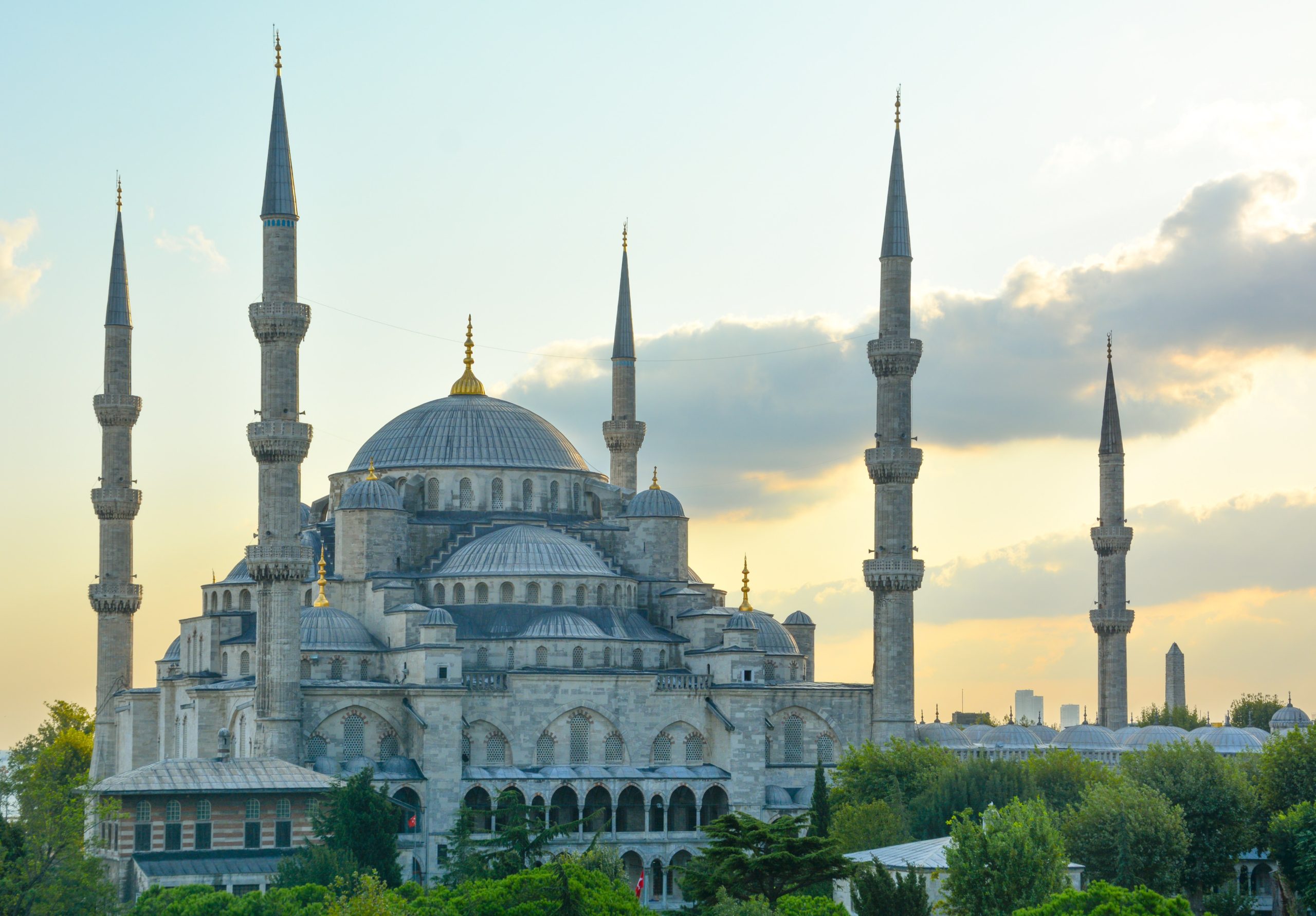
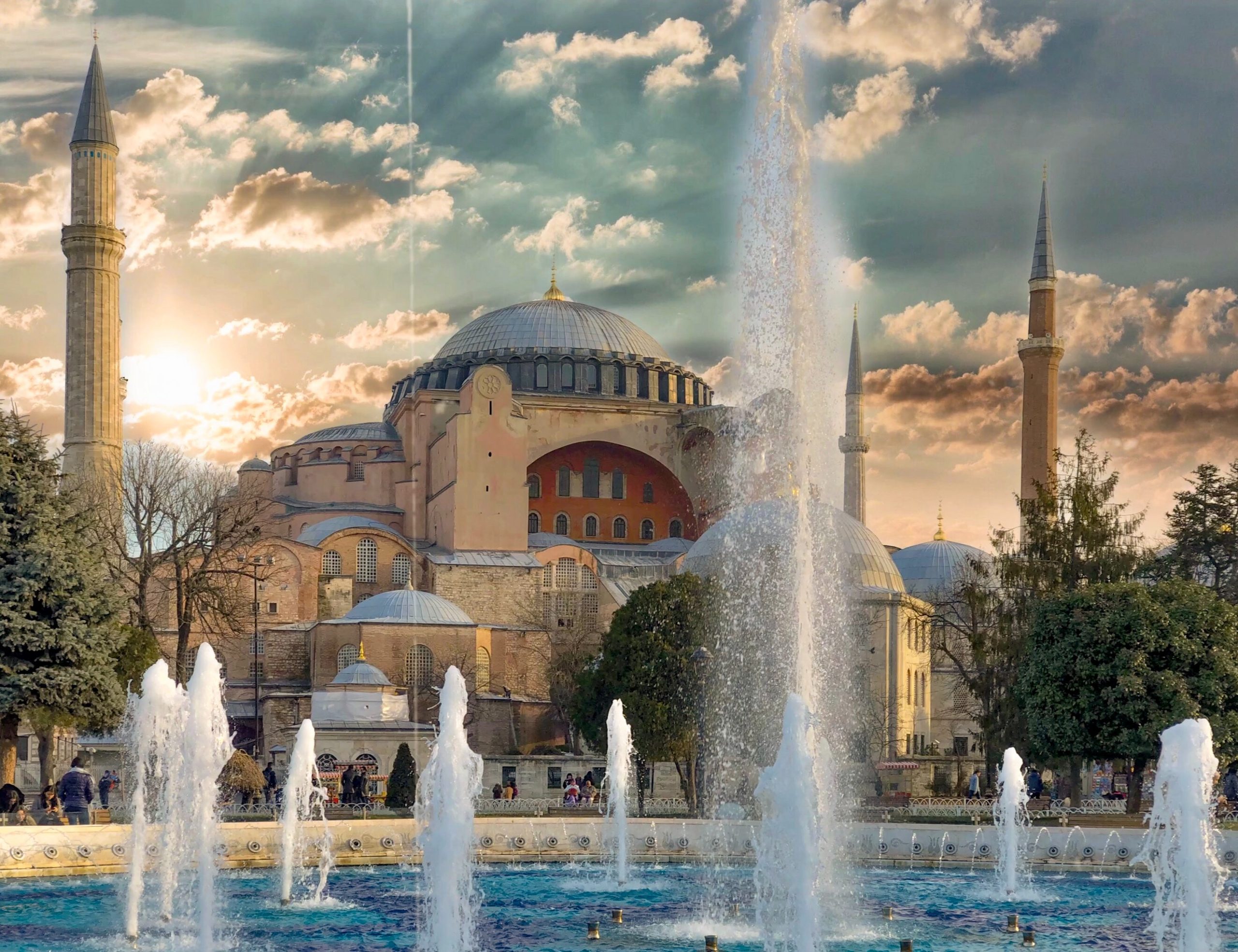
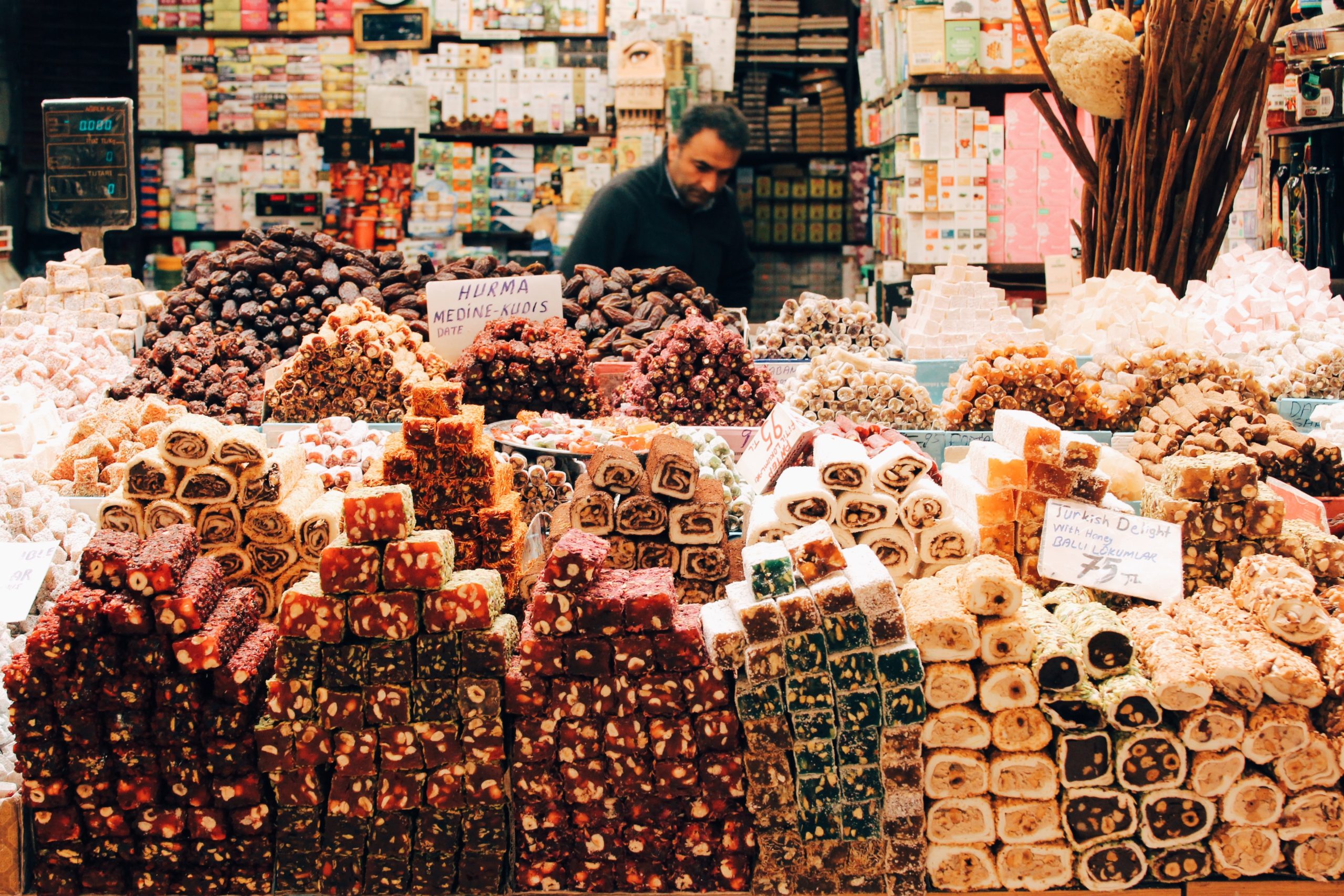
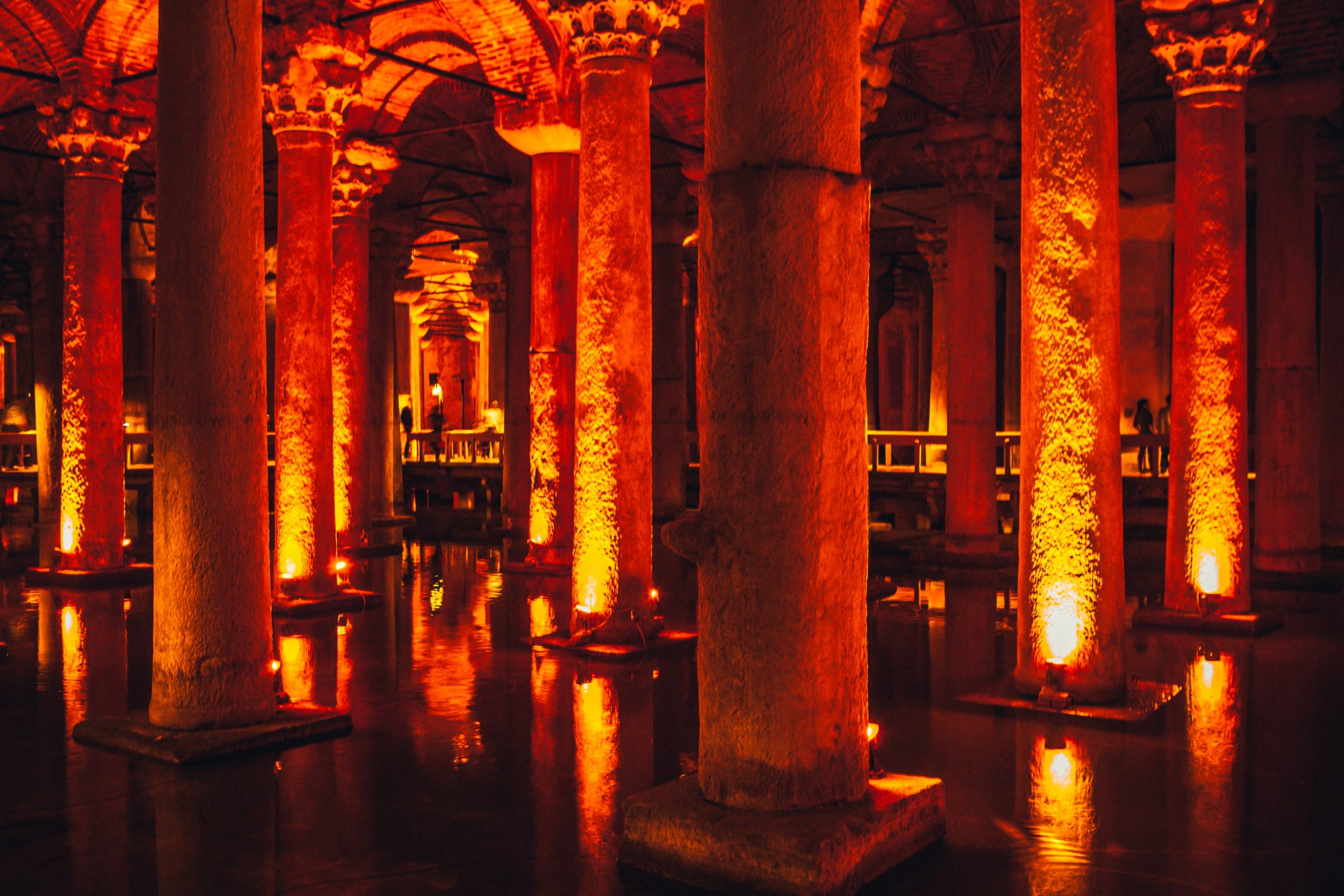
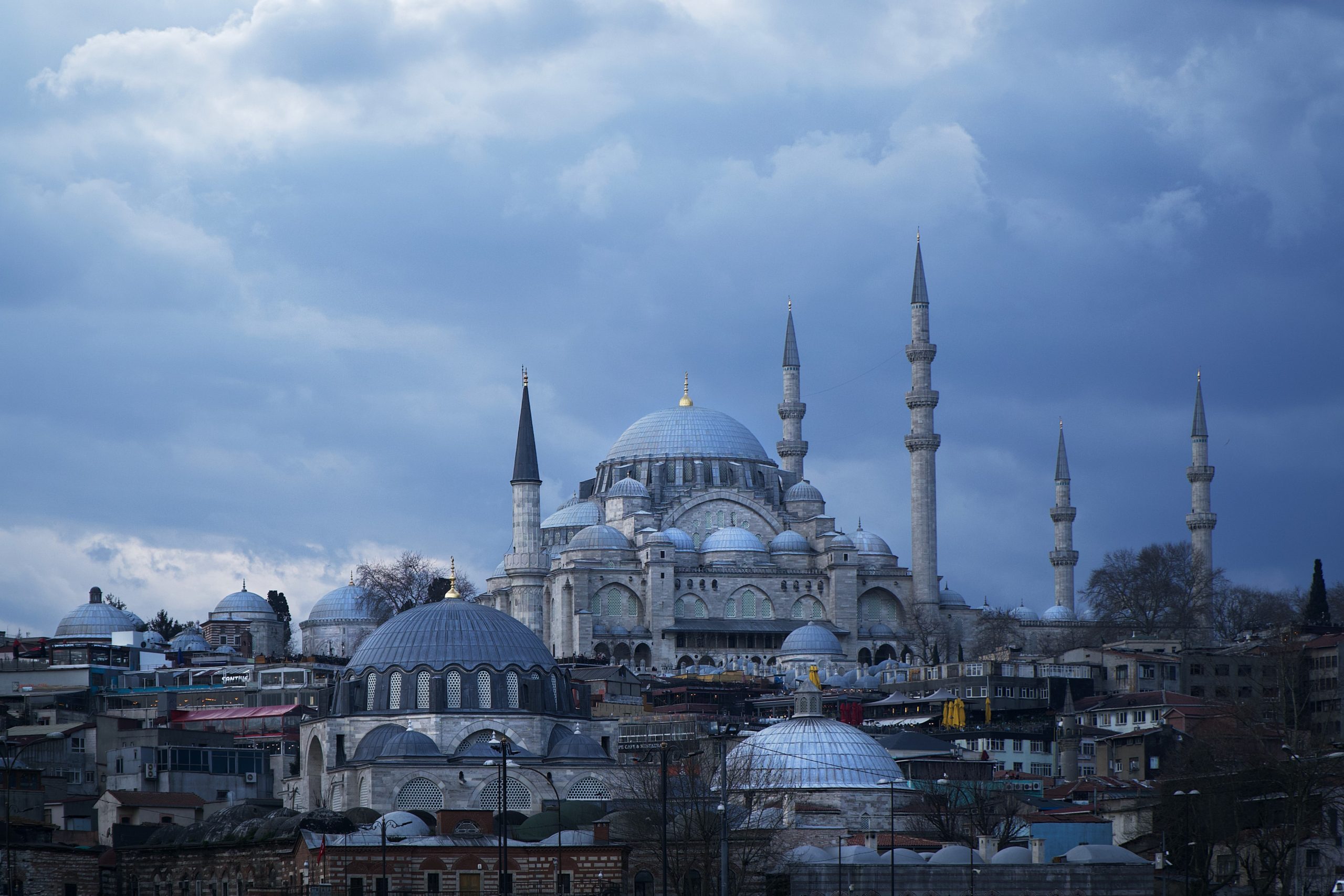
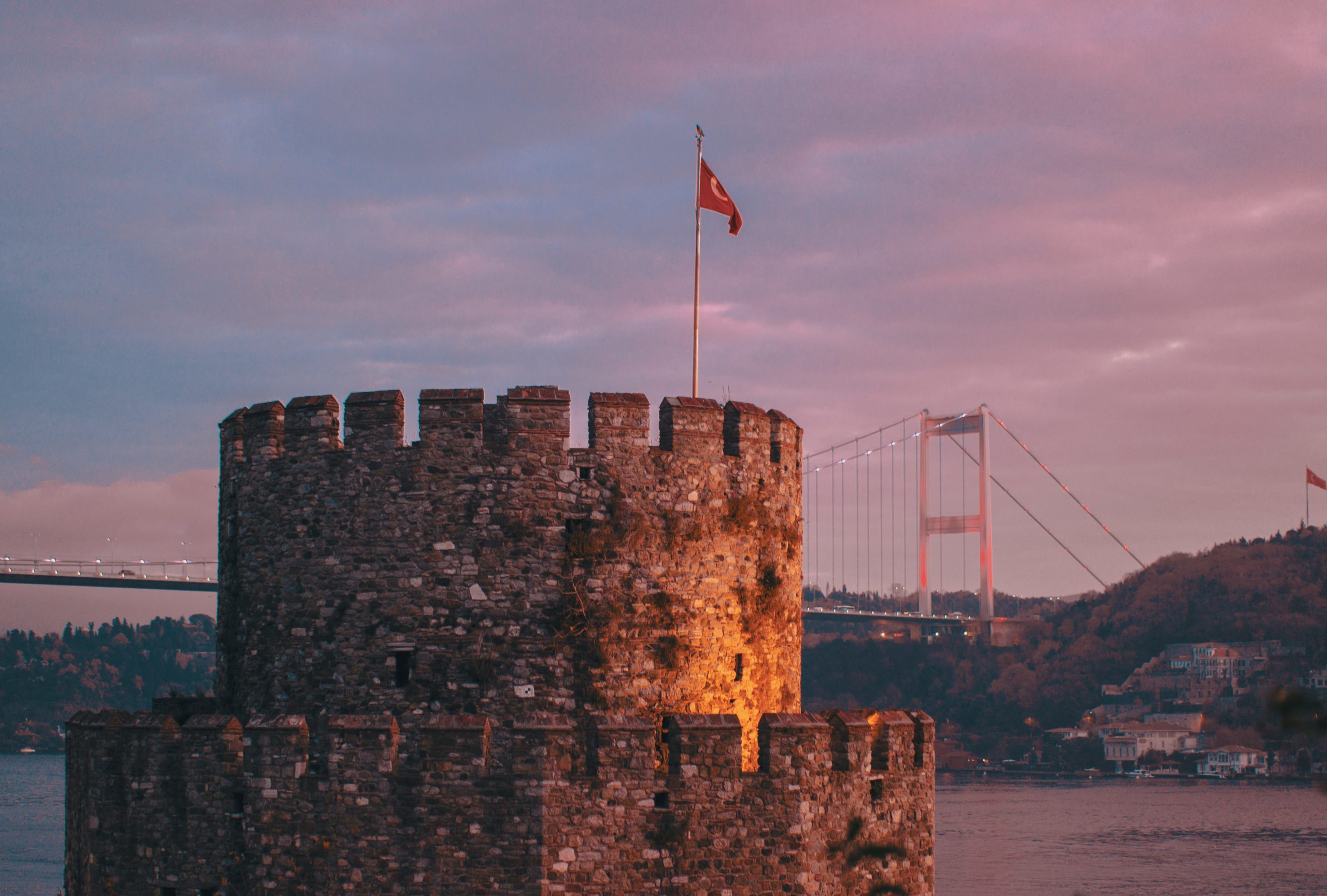
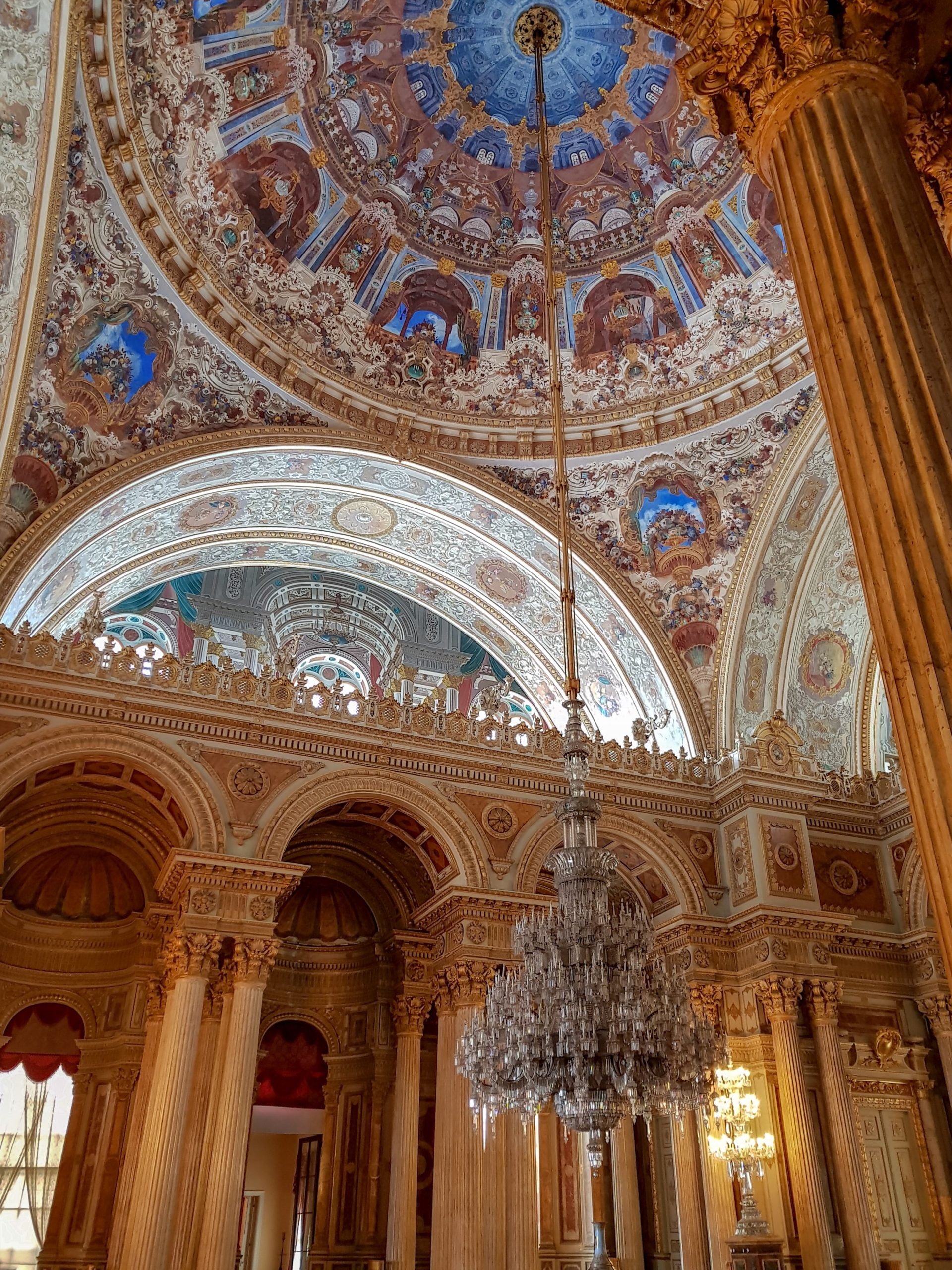
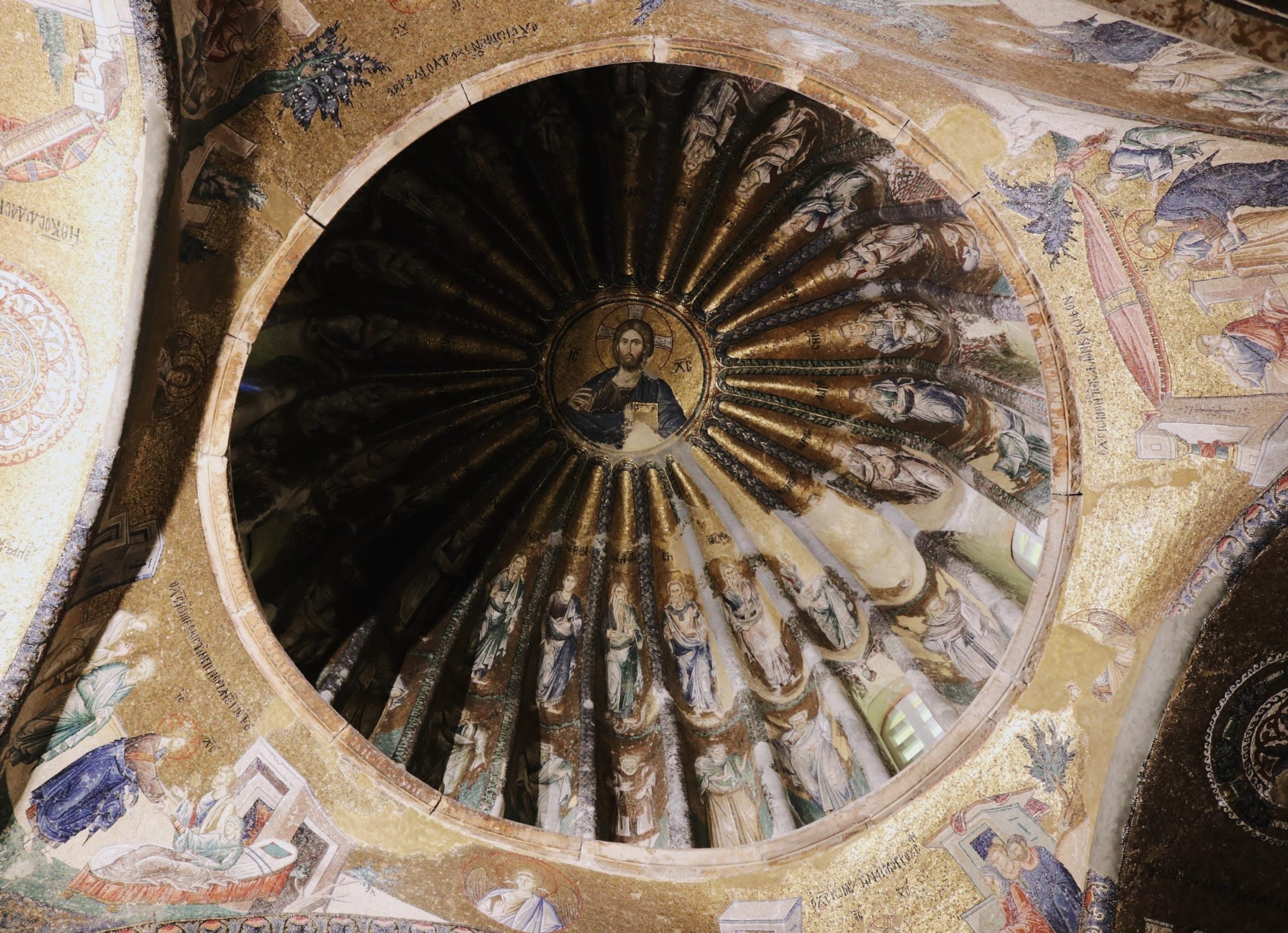
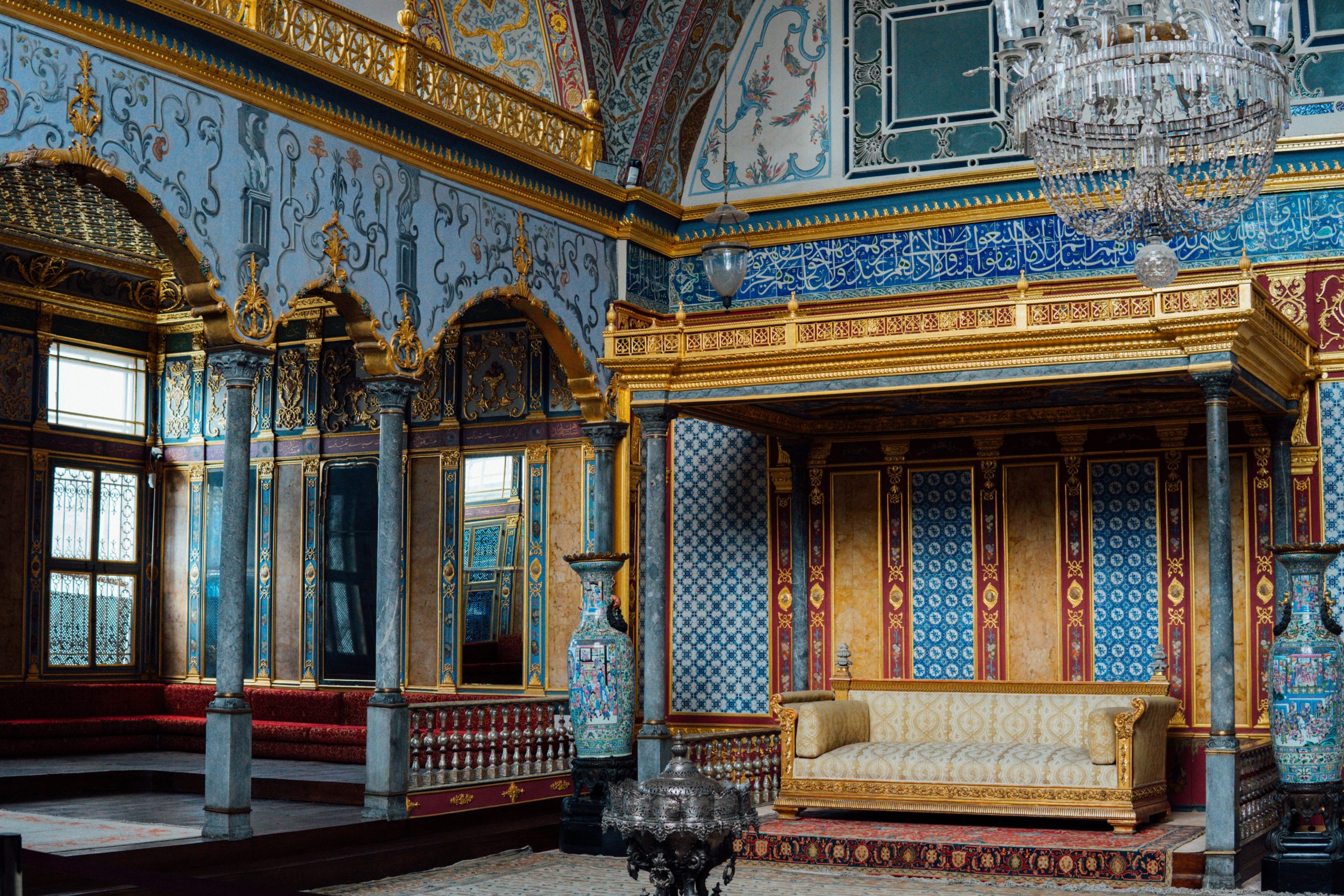
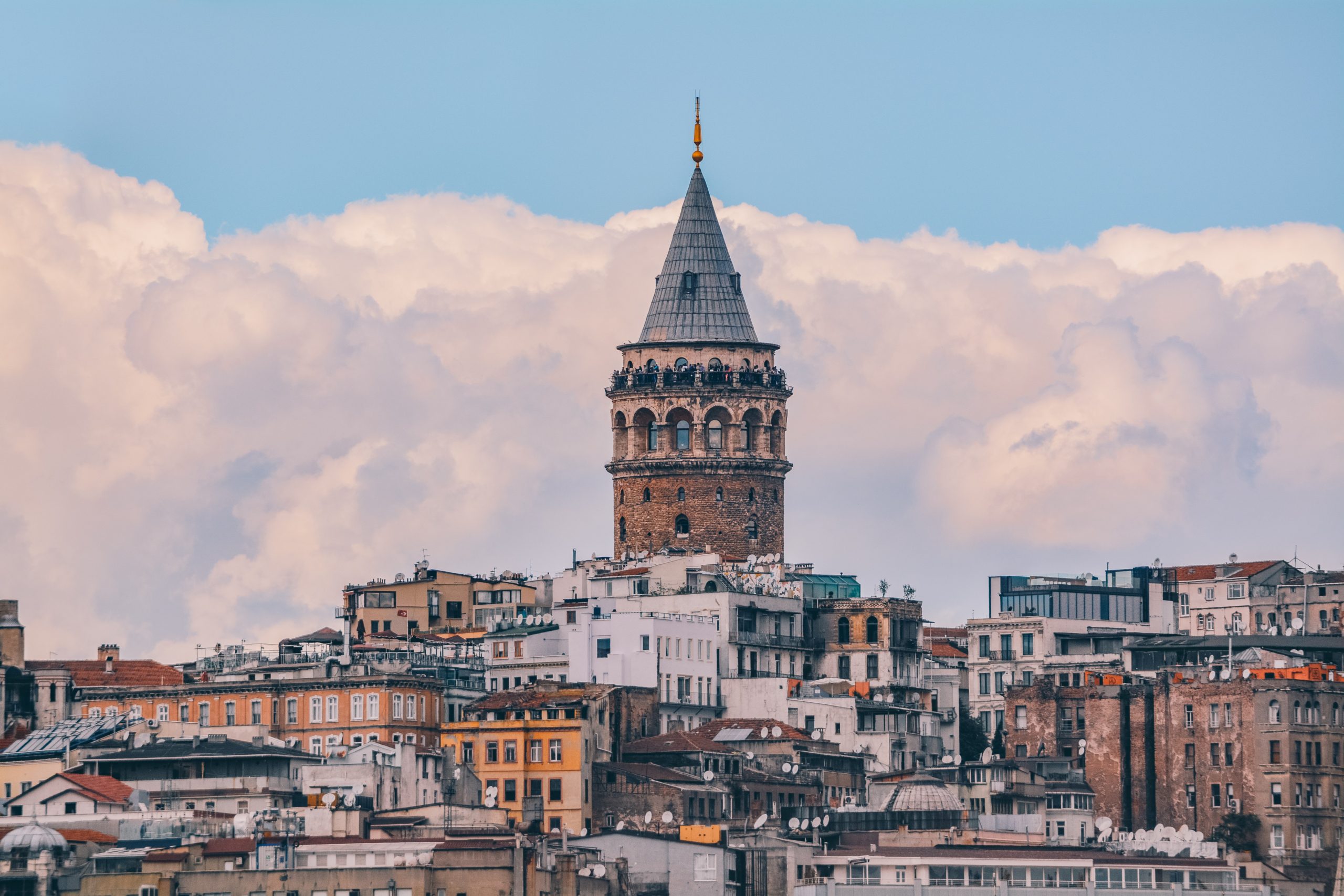





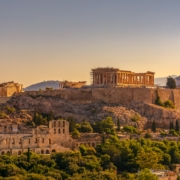





Trackbacks & Pingbacks
… [Trackback]
[…] Find More Info here to that Topic: blog.tripioapp.com/istanbul-top-10-historic-sites/ […]
… [Trackback]
[…] Read More Information here to that Topic: blog.tripioapp.com/istanbul-top-10-historic-sites/ […]
… [Trackback]
[…] Find More Information here to that Topic: blog.tripioapp.com/istanbul-top-10-historic-sites/ […]
… [Trackback]
[…] Read More on that Topic: blog.tripioapp.com/istanbul-top-10-historic-sites/ […]
Leave a Reply
Want to join the discussion?Feel free to contribute!